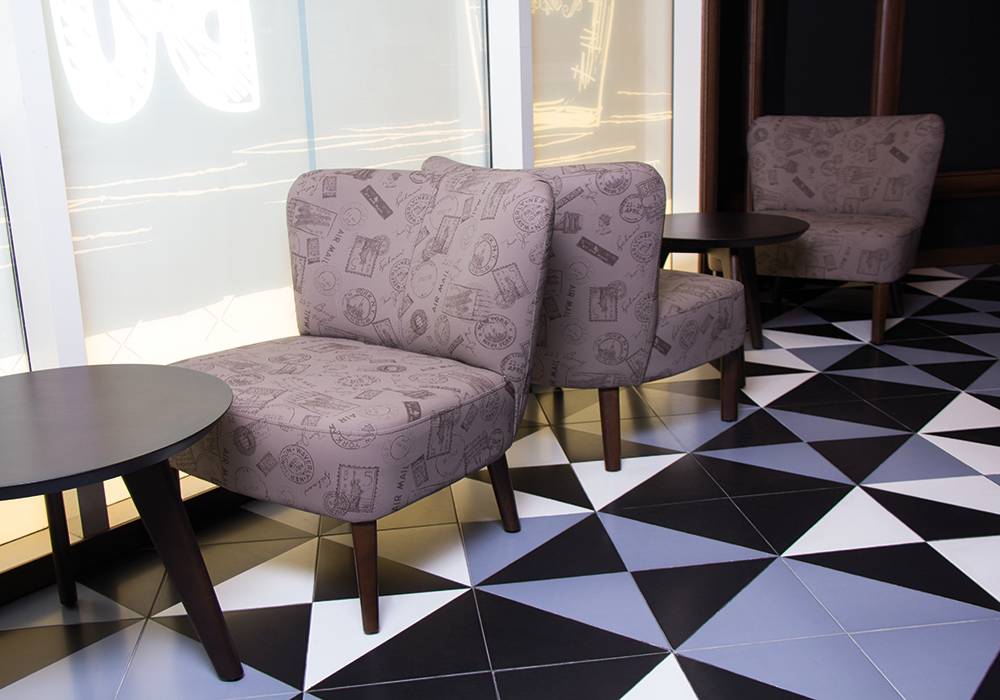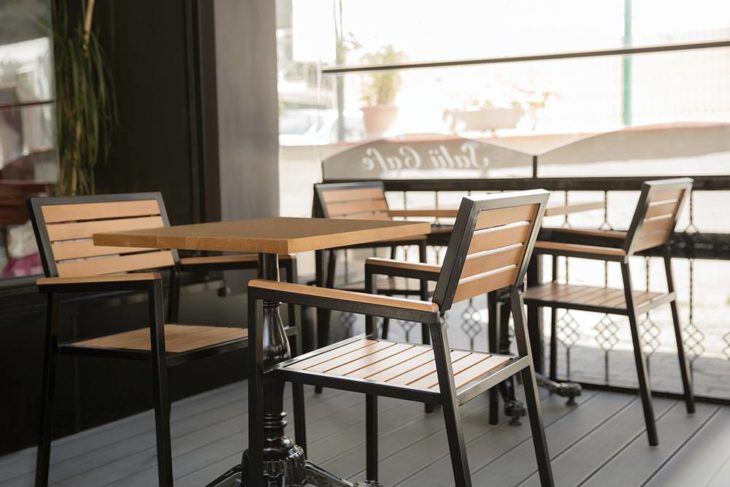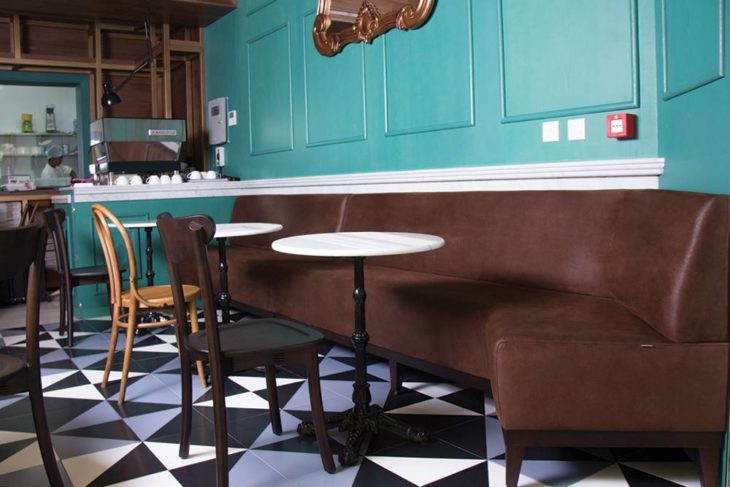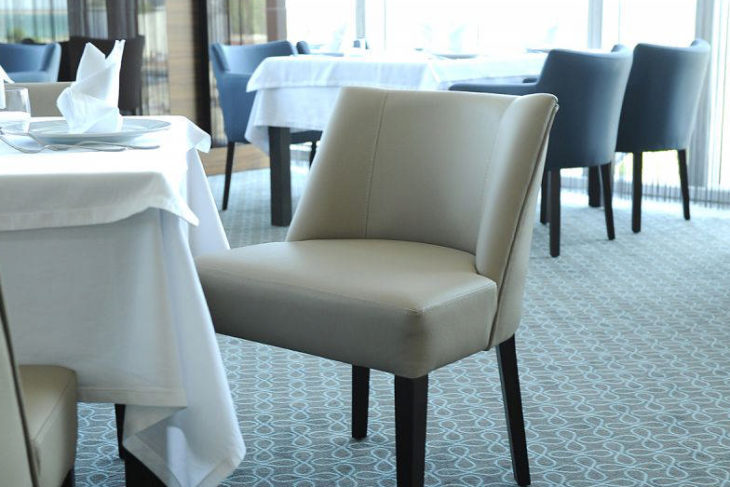
Laminate flooring is terrific, but it’s certainly not perfect. You’d be hard-pressed to find a flooring material that was. If you’re looking to make a well-informed decision about your next flooring material, you must consider all aspects of the laminate – information that might be hard to come by during an intense sales pitch.
It Doesn’t Look Like Real Wood
Laminate isn’t real wood, but it’s designed to replicate the grains and texture of hardwood. Because it is a synthetic product, laminate won’t have the individuality of a naturally occurring hardwood, and the boards might be a different size and shape thank hardwood planks making the pattern distinctive.
Laminate floors are installed using interlocking pieces wider than the individual planks of hardwood. This means the seaming is different in most cases. The grain of laminate flooring is artificially created, so it also lacks individuality. The grains tend to repeat themselves over and over again as there are only so many patterns actually printed on a number of laminate flooring boards.
If the artificial nature of laminate floors bothers you, you should investigate the higher end market of the material. At the top of the laminate spectrum, much more care is taken to create a look that matches not only the colors and grain of hardwood, but the feel and visual appeal as well. You might be surprised by what manufacturers can do.
It Chips
Laminate is comprised of many layers sealed together with the top layers creating the actually wood pattern and protective layer. Hardwood is a solid plank with essentially the same material throughout, but laminate only has color on one portion of the plank. When something strikes laminate flooring at the wrong angle or with some force, the abused portion of the floor might chip.
When laminate chips the top layers flake off leaving a small, often white, hole behind. The lighter, often white, portion is the exposed layers underneath the colored potion. If you have a darker laminate, this light portion is very visible. With hardwood, you’d be able to at least spot finish the area, but you can’t refinish laminate.
Of course to chip laminate, you have to be rather rough on your flooring as this is an almost indestructible material. But when it happens, there aren’t many options available. You might be able to color in the chip with a dark marker and let it pass. Or, if the chip is in the right area, a rug might completely hide it. Your final option would be to pull out the plank that is affected and replace it. If done carefully, this will completely remove the chip and leave nobody the wiser.
It Hurts My Back
When you’re used to the cushion of carpet, any hard material, such as laminate, stone, tile or hardwood will give your back and legs a bit more of a workout. By installing one of these materials, you’ve effectively removed the half inch of cushiony carpet pad that used to be under your feet and put the product directly on the hard surface underneath.
Your flooring will be beautiful, but it can be hard on your back – especially if your posture is poor. To help with back pain caused by hard flooring, try adding cushion a different way.
Wear house shoes – Instead of being barefoot, throw on a pair of house shoes with rubber or thicker soles.
Stand up straight – Slouching on any surface is bound to hurt your back, but hard surfaces make the pain evident more quickly. Stand up straight to help your back take the pressure.
Sit down – Rather than standing or walking around your house, position comfortable chairs and barstools about so that you can sit while sorting the mail, jotting down a shopping list and completely the countless other small tasks you usually do on your feet.





